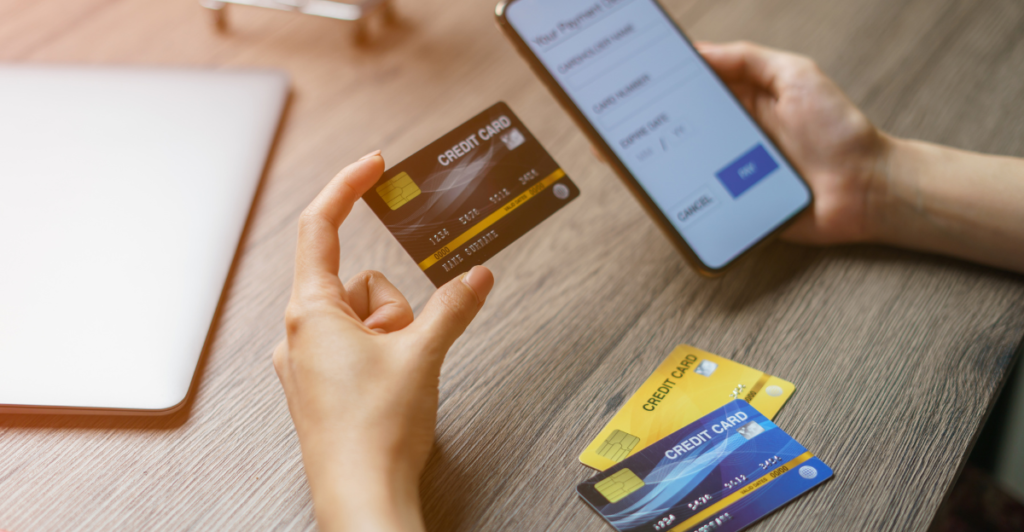Simple Steps to Set Financial Goals You Can Actually Reach

Most people aim for financial security at some point in their lives. Reaching those goals can be challenging at times, but they don’t have to be. These simple steps will get you one step closer to reaching your goals in a sustainable way.
Start by Identifying Your Financial Goals

If you want to start planning your financial future, knowing what it is you want to achieve is essential. Goals can range from paying off credit card debt to saving for a home, retirement, or a child’s education. Having set specific goals can help you achieve those goals. Instead of knowing you need to “save money,” having a particular goal like “Save $10,000 for a car deposit”. This way, your goals are clear, and you know what you’re working towards.
Use the SMART Framework for Clarity

Apply the SMART method to ensure goals are Specific, Measurable, Achievable, Relevant, and Time-bound. For instance, “Pay off $15,000 in credit card debt within 12 months by allocating $1,250 monthly” is SMART. This structure helps track progress and stay motivated.
Prioritize Goals Based on Urgency and Impact

Not all goals are the same; some can have a higher impact than others. To achieve your goals, it’s important to prioritize your needs over your wants. For example, it makes more sense to tackle high-interest debt rather than save for a vacation. If you prioritize your needs, you’ll have more money to enjoy your wants in the long run.
Track Your Income and Expenses Through a Budget

Having a budget is a great way to see where you spend and where you can cut back. List your income and expenses, and don’t forget to allocate funds toward your goals. You can use some great apps to help you manage your money more effectively.
Have a Rainy Day Fund

Having an emergency fund in place is one of the best ways to cover those unforeseen costs without touching your monthly cash flow. Having 3-6 months of living costs saved up is where you want to be. But start small and work your way up to a generous account.
Tackle High-Interest Debt Strategically

Focus on paying off high-interest debts (e.g., credit cards) first while making minimum payments on others. For example, if you owe $5,000 on a credit card with 20% interest, prioritize paying it off before lower-interest loans.
Make Use of Automatic Payments

Set up automatic transfers for savings, debt repayment, and bill payments. This ensures that your savings become a monthly need instead of something you must consider. Once those payments become part of your monthly budget, you learn to live without it.
Break Down Big Goals into Smaller Steps

Setting large goals for yourself can be extremely overwhelming, and they feel like they take forever to reach. Break these goals up into more manageable goals. If your ultimate goal is to save $50,000, break it into more manageable milestones, like $5,000 per year, and celebrate each time you reach that goal.
Review Your Plan Often

It’s important to review your goals often to ensure they are maintainable. Life is unpredictable, and things can change in the blink of an eye. Adjust your goals so that they better align with your current life status. Updating these goals quarterly is the best practice.
References:
How To Set and Achieve Your Financial Goals
The 4-steps of financial planning and how to get started
How to Set and Achieve Financial Goals
How to create your own lifelong financial plan, step by step


